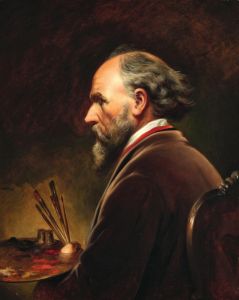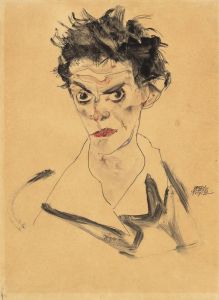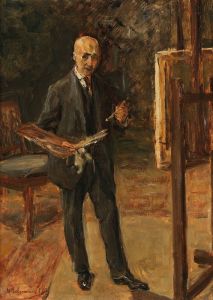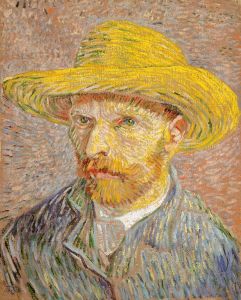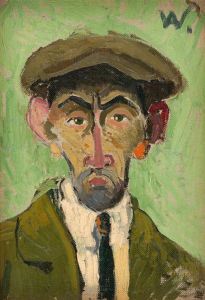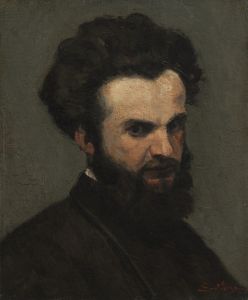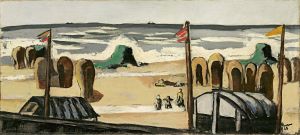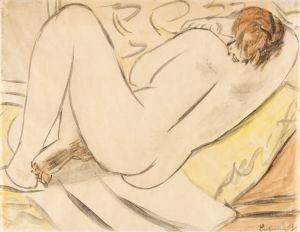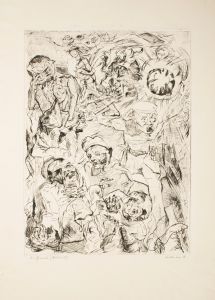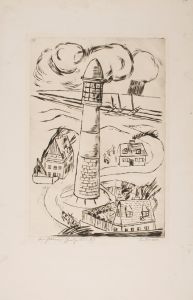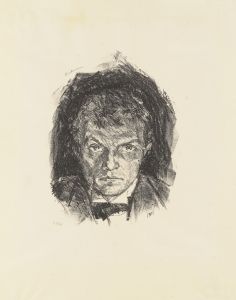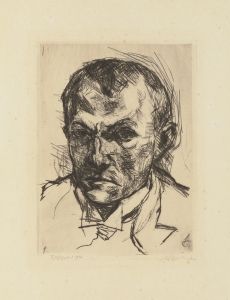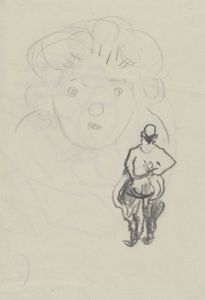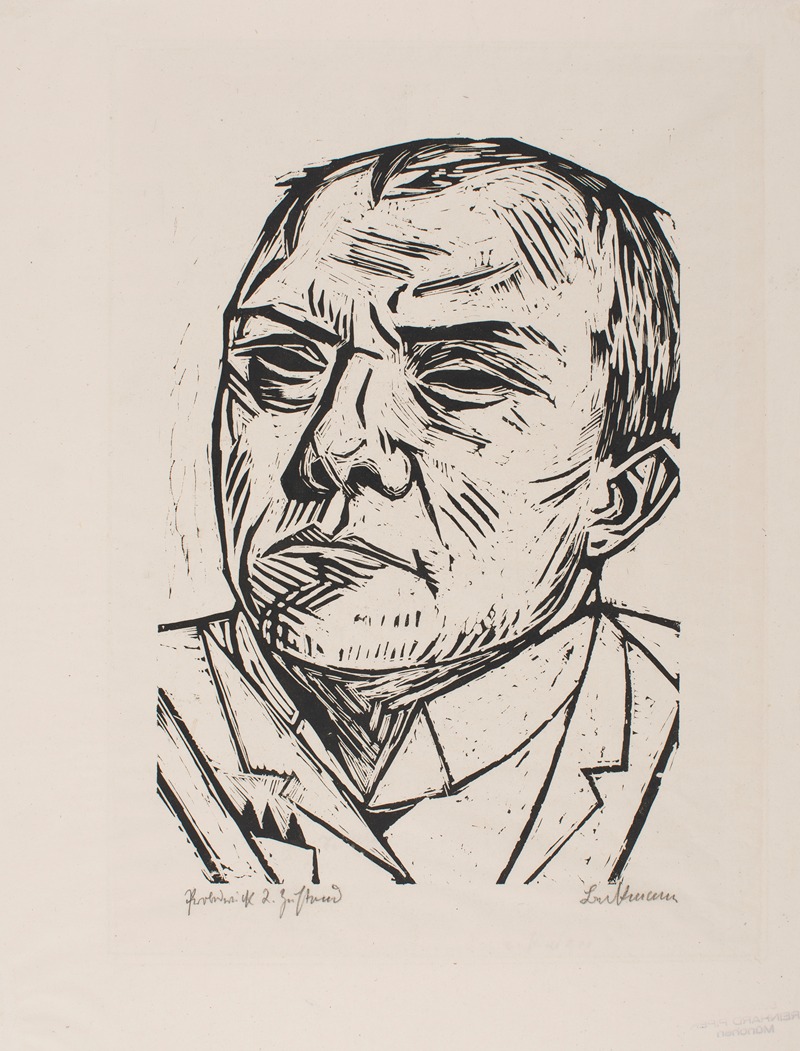
Self-Portrait
A hand-painted replica of Max Beckmann’s masterpiece Self-Portrait, meticulously crafted by professional artists to capture the true essence of the original. Each piece is created with museum-quality canvas and rare mineral pigments, carefully painted by experienced artists with delicate brushstrokes and rich, layered colors to perfectly recreate the texture of the original artwork. Unlike machine-printed reproductions, this hand-painted version brings the painting to life, infused with the artist’s emotions and skill in every stroke. Whether for personal collection or home decoration, it instantly elevates the artistic atmosphere of any space.
Max Beckmann's Self-Portrait is one of the numerous self-portraits created by the German painter, who is widely regarded as one of the most significant artists of the 20th century. Beckmann, known for his bold and expressive style, often used self-portraiture as a means of introspection and as a way to explore his identity as an artist and individual. His self-portraits are notable for their psychological depth and their ability to reflect the turbulent historical and personal contexts in which they were created.
Beckmann painted self-portraits throughout his career, and they serve as a visual diary of his life, capturing his evolving artistic style and his responses to the changing world around him. His works often feature strong lines, dramatic contrasts, and a sense of tension, characteristics that are emblematic of his broader oeuvre. Beckmann's self-portraits frequently depict him in formal attire, emphasizing his self-perception as a serious and professional artist.
One of his most famous self-portraits, Self-Portrait in Tuxedo (1927), exemplifies his confident and assertive persona during the Weimar Republic era. However, Beckmann's self-portraits also reflect the darker periods of his life, particularly during the rise of the Nazi regime in Germany. Labeled as a "degenerate artist" by the Nazis, Beckmann was forced to flee Germany in 1937, eventually settling in the Netherlands and later in the United States. His later self-portraits often convey a sense of exile, alienation, and resilience.
Beckmann's self-portraits are celebrated for their ability to transcend mere representation, offering viewers a glimpse into the artist's inner world and the broader cultural and political climate of his time. His works are housed in major museums and collections worldwide, and they continue to be studied and admired for their artistic and historical significance.
If you are referring to a specific self-portrait by Beckmann, additional details about the year of creation, medium, and current location would be necessary to provide a more precise description.





